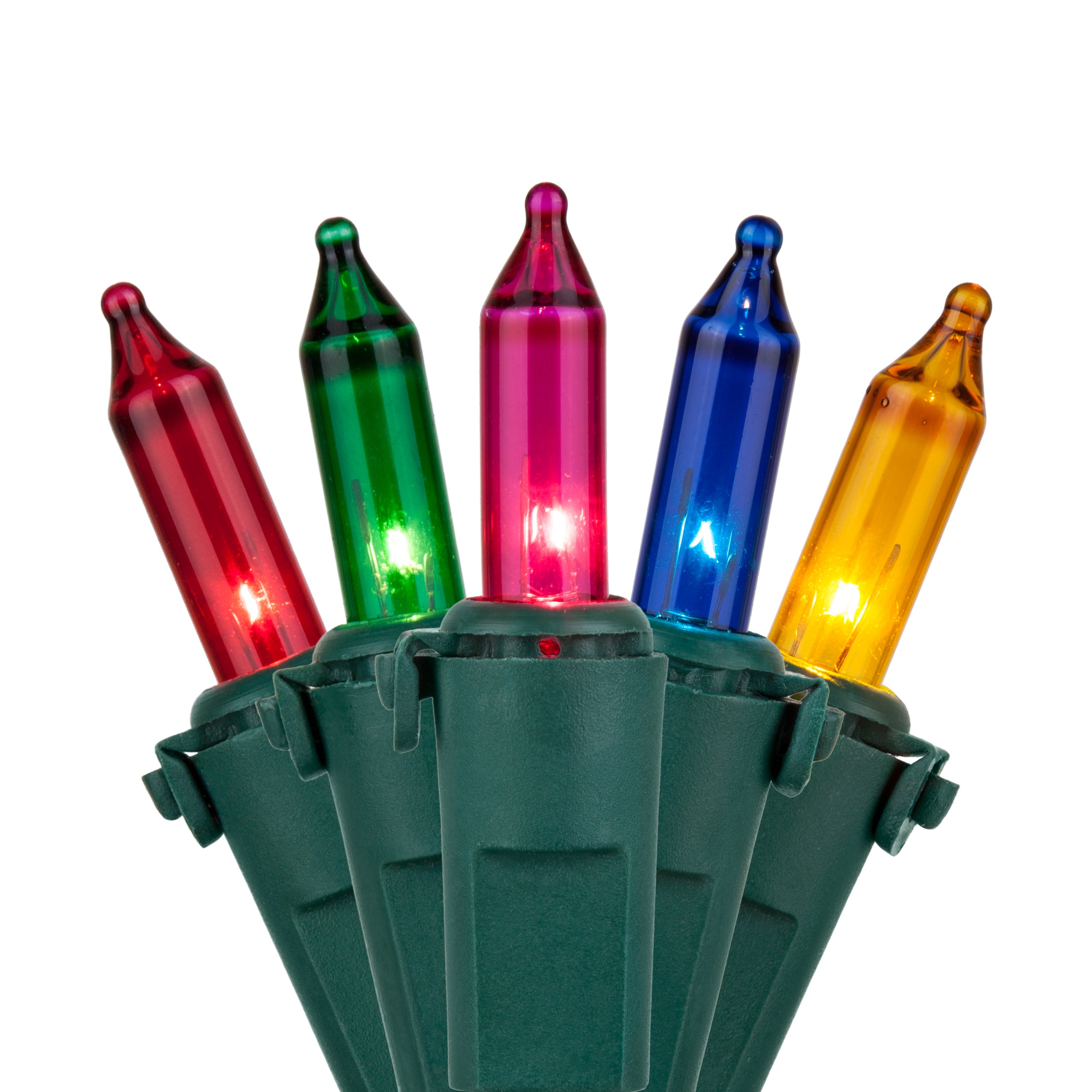nutz4lights
Full time elf
For YEARS (almost a decade), I have despised the way that multi-color lights look.... and have never used them... but now that we have a full display of RGB pixels and nodes... I thought <actually, my better half thought> "why not have a portion of a sequence where the whole display dips into a bit of history and displays a full multi-color display?!" We already have dialed in the "warm white look" <RGB: 255, 103, 23 for my lights and my taste!> and now would like to try the multicolor look. SO, this is what I'm referring to:

Is there a way (I use LSP, but I'm curious in general) to create a pattern of alternating individual pixel outputs to produce: red, green, purple, blue, yellow, orange? I know I can make those colors in large arrays, but I'm talking truly random, or not so random, such that the string looks like it is a standard multi-color string.
Thanks,
-Louie

Is there a way (I use LSP, but I'm curious in general) to create a pattern of alternating individual pixel outputs to produce: red, green, purple, blue, yellow, orange? I know I can make those colors in large arrays, but I'm talking truly random, or not so random, such that the string looks like it is a standard multi-color string.
Thanks,
-Louie

